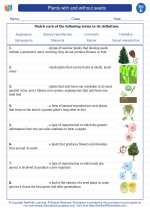Plants with and without seeds
Plants are a diverse group of organisms that can be classified based on various characteristics, one of which is the presence or absence of seeds. Understanding the differences between plants with and without seeds is essential for understanding the diversity of plant life on our planet.
Plants with seeds
Plants with seeds are classified as seed plants or spermatophytes. They are further divided into two main groups: gymnosperms and angiosperms.
- Gymnosperms: Gymnosperms are plants that produce seeds that are not enclosed within a fruit. Examples of gymnosperms include conifers (such as pine, spruce, and fir trees) and cycads.
- Angiosperms: Angiosperms are plants that produce seeds enclosed within a fruit. They are the most diverse group of plants and include flowering plants such as roses, sunflowers, and oak trees.
Plants without seeds
Plants that do not produce seeds reproduce through other methods such as spores or vegetative propagation.
- Spore-producing plants: Some plants, such as ferns and mosses, reproduce by producing spores. These plants have a life cycle that includes a spore-producing stage.
- Vegetative propagation: Certain plants can reproduce without seeds through methods such as runners, rhizomes, bulbs, or tubers. Examples of plants that reproduce through vegetative propagation include strawberries, potatoes, and onions.
Study guide
Here are some key points to remember about plants with and without seeds:
- What are the two main groups of plants with seeds, and what are examples of each?
- How do gymnosperms and angiosperms differ in terms of seed production?
- What are examples of plants that reproduce through spores?
- What are some methods of vegetative propagation in plants without seeds?
- Discuss the importance of understanding the diversity of plants with and without seeds in the natural world.
Understanding the characteristics and diversity of plants with and without seeds is essential for appreciating the complexity and beauty of the plant kingdom. It also provides insights into the various ways in which plants have adapted to different environments and evolved over time.
.◂Science Worksheets and Study Guides Fifth Grade. Plants with and without seeds
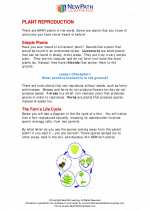
 Worksheet/Answer key
Worksheet/Answer key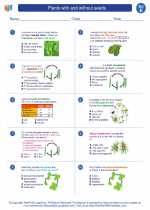
 Worksheet/Answer key
Worksheet/Answer key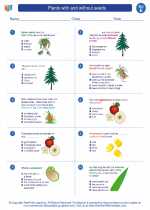
 Worksheet/Answer key
Worksheet/Answer key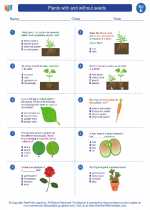
 Vocabulary/Answer key
Vocabulary/Answer key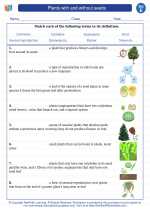
 Vocabulary/Answer key
Vocabulary/Answer key